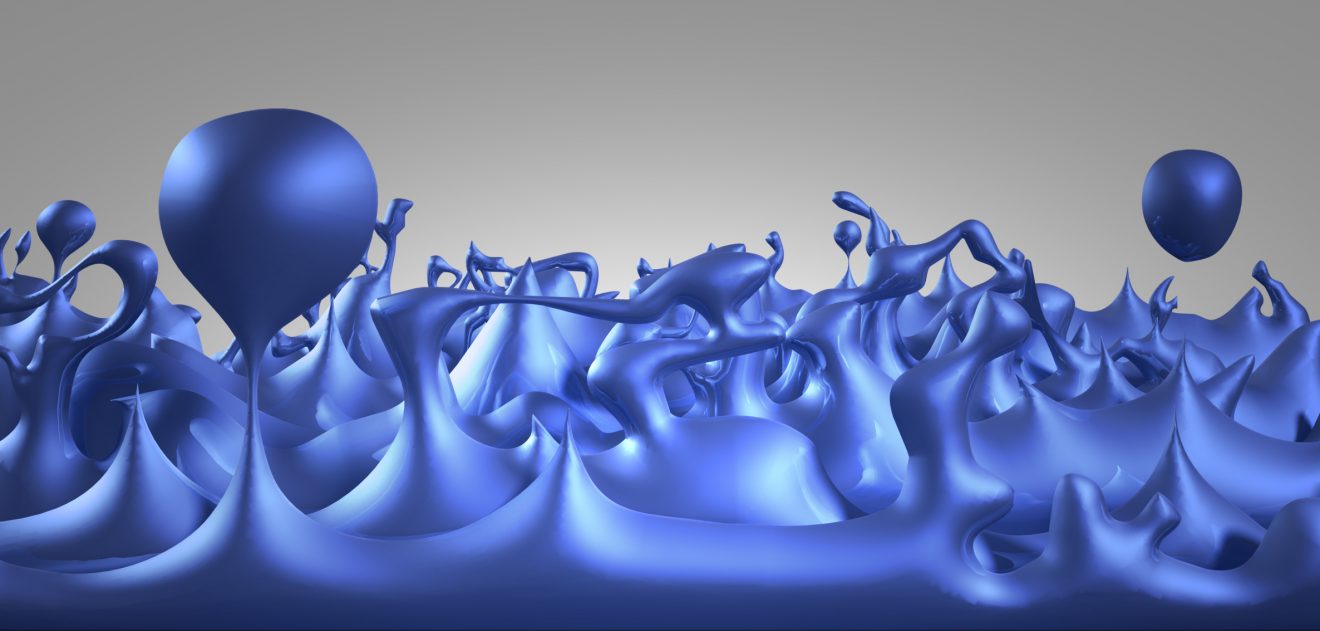Researchers: Astronomical Observations Have Implications on the Smallest Scales
Florida Tech-led Study in May’s Astrophysical Journal
MELBOURNE, FLA. — A team of astrophysics researchers from Florida Institute of Technology, Massachusetts Institute of Technology and the University of North Carolina has found that observations of the most distant objects in the universe are bringing us closer to illuminating one of nature’s greatest puzzles.
The findings were published in the May 20 edition of The Astrophysical Journal.
Despite a hundred years of progress since the original publication of Albert Einstein’s theory of general relativity, which revolutionized our ideas about gravity and the geometry of the universe, many mysteries remain. One of the most puzzling is why gravity is not consistent with quantum mechanics – the highly successful theory scientists have developed to explain the physics of atoms and subatomic particles – and why it cannot be unified with electromagnetic and nuclear forces.
At the smallest scales of distance and duration that we can measure, space-time – that is, the three directions of space plus time – appears to be smooth and structureless. However, certain aspects of quantum mechanics predict that space-time would not be smooth. Rather, it would have a foamy, jittery nature and would consist of many small, ever-changing regions for which space and time are no longer fixed, but instead fluctuate.
“One way to think of space-time ‘foam’ is how, when you are flying over the ocean in an airplane, the water looks completely smooth. Yet if you get low enough, you see there are waves, and closer still, foam, with tiny bubbles that are constantly fluctuating,” said lead author Eric Perlman, an associate professor in the Physics and Space Sciences Department at Florida Tech in Melbourne. “Space-time foam would be like the rough and foamy nature of the ocean, with bubbles so tiny that even on atomic scales it’s like trying to observe it from a very high-flying airplane.”
The predicted scale of space-time foam is about a trillionth of a trillionth of the diameter of an atom, so it cannot be detected directly. However, if space-time does in fact have a foamy structure, there are limitations on the accuracy with which distances can be measured because the size of the many quantum bubbles through which light travels will fluctuate. Depending on what model of space-time is used, these distance uncertainties should accumulate at different rates as light travels over the large cosmic distances.
This was the basic idea behind the project, said Perlman, who was joined on the paper by Saul Rappaport, a professor at MIT, Wayne Christiansen and Y. Jack Ng of the University of North Carolina, John DeVore of Visidyne, Inc., and David Pooley of Sam Houston State University in Texas.
The researchers used observations of X-rays and gamma-rays from very distant quasars – luminous sources produced by matter falling towards supermassive black holes – to test models of space-time foam.
The images, taken by the Chandra X-ray Observatory, the Fermi Gamma-ray Space Telescope, and the Very Energetic Radiation Imaging Telescope Array System, known as VERITAS, showed that the accumulation of distance uncertainties for light traveling across billions of light years would cause the image quality to degrade so much that the objects would become undetectable. For different models of space-time foam the images should disappear when observed at different wavelengths.
“We find that our data can rule out two different models for space-time foam,” said co-author Jack Ng of the University of North Carolina in Chapel Hill. “We can conclude that space-time is less foamy that some models predict.”
Specifically, Chandra’s X-ray detection of quasars at distances of billions of light years allows one model, according to which photons diffuse randomly through space-time foam in a manner similar to light diffusing through fog, to be ruled out. And detections of distant quasars at shorter, gamma-ray wavelengths with Fermi and even shorter wavelengths with VERITAS demonstrate that a second, so-called holographic model with less diffusion does not work.
The X-ray and gamma-ray data show that space-time is smooth down to distances 1000 times smaller than the nucleus of a hydrogen atom.
“Being able to eliminate those two models of space-time foam gets us closer to understanding the structure of space-time on the smallest scales, and how gravity might eventually be unified with quantum mechanics,” said Florida Tech’s Perlman.
See the research abstract and get more information here: http://arxiv.org/abs/1411.7262.
###





